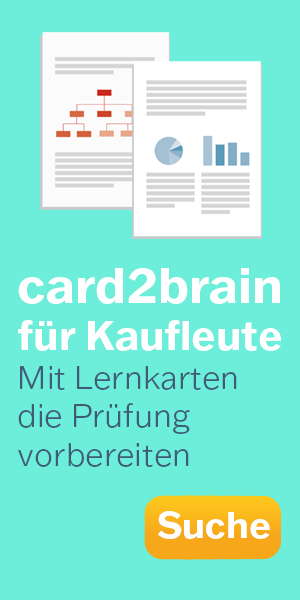Entscheidungen im Wirtschaftskontext
-
-
Kartei Details
| Karten | 48 |
|---|---|
| Sprache | Deutsch |
| Kategorie | Psychologie |
| Stufe | Universität |
| Erstellt / Aktualisiert | 16.07.2019 / 31.01.2023 |
| Lizenzierung | Keine Angabe |
| Weblink |
https://card2brain.ch/box/20190716_entscheidugen_im_wirtschaftskontext
|
| Einbinden |
<iframe src="https://card2brain.ch/box/20190716_entscheidugen_im_wirtschaftskontext/embed" width="780" height="150" scrolling="no" frameborder="0"></iframe>
|
What do you already know about DM? E.g. how do you define it? What is the relevance of DM for organizational behavior?
Decision making refers to the act of evaluating (i.e., forming opinions of) several alternatives and choosing the one most likely to achieve one or more personal goals. Researching about decision making can give insight into the questions to why people choose an occupation, when and why do people quit their job, who do they craft their job and when and how to they retire.
According to Murphy (2014), how did central research questions with regard to DM change throughout the years? And what was the major development in the last forty years in the field of JDM (p. 357)?
Apollonian = rational and analytical thinking
Dionysian = intuitive, emotional and chaotic thinking
- After WW2: formal models of JDM like SEU (=subjective expected utility theory) --> people strive to maximize the subjective utility of their decision making consequences
- in the 1940s and 1950s: modern version of the SEU that allowed to derive individual utility functions from the preferences and choices of individual decision makers (Neumann and Morgenstern)
- Usual interpretation of that discrepancy in the 1950s and 1960s: humans don’t have insight into their own decision policies and therefore make mistakes --> not good at implementing the optimal model but they work with statistical models
- Mid 1970s: well-specified models of JDM of how people should make decisions (normative) and how they make (descriptive)
- 1979: Prospect Theory (Kahnemann and Tversky)
--> humans work with heuristics (reflections of much simpler and less analytical processes)
--> concave relationship between the size of a gain and the value attached to that gain, convex relationship between the size of a loss and the value attached to that loss --> people are risk averse when it comes to gains and risk seeking when it comes to losses)
--> Strength of prospect theory: accommodates many of the well-known violations of classic SEU theory
--> Weakness: provides a description of what people do, but a less convincing of why they do it
--> Apollo’s last stand à still a rational model in itself but catalogues systematic violations of the rational-analytical processes
JDM Today
- Different authors have a different idea of what JDM is
- Field has become more fragmented, making considerable progress in addressing particular issues but without any clear progress on building a sort of grand model
- Any adequate model must include both rational and instinctive components
- Important question: when or why do people adopt an apollonian vs. Dionysian approach to decision making
What are explanation approaches for why and when people use different kind of decision strategies (p. 353ff.)? In which sense do these approaches show similarities and differences?
Person-centered explanations
- suggest that the dominant mode of decision making depends on the persons experience with the task --> novel tasks: step by step rational approach, more familiar tasks: can be solved based on experience
- Some individuals prefer rational, some intuitive, others are spontaneous in their style, others prefer to procrastinate and avoid decisions
Environment-centered Explanations
- Focus on the demands of the task rather than the characteristics of the individual
- Involvement of emotional stimuli: fast; Novel, abstract and unhurried tasks: rational and deliberative
- Person-centered and environment-centered explanations can’t be distincted always: tasks that are novel or unemotional for some decision makers may be familiar and emotionladen to others
Environment as Understood or Represented by the Decision Maker
- Brunwik’s lens model: focus on the way individuals represent environments (in detail: relationship between the cues by which environments are represented)
- Two ways in which decisions could turn out badly: 1) When the cues do not faithfully represent the environment, and 2) when decision makers use cues in ways that do not reflect the true relationship between environments and the cues that characterize them
Similarities:all of them are relatively complex models which explain that the outcome of decision making depends on varying characteristics and not in one formula
Differences:focus
Which three assumptions are shared among judgment and DM researchers (p. 358)
1) Decisions are being taken by using an intuitive and/or rational strategy
2) Decision tasks are different and different strategies are used for different tasks
3) Decision makers are different and take different decisions in different and differently efficient ways




